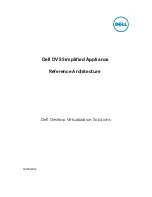
C H A P T E R
Dragon NaturallySpeaking User’s Guide
139
9
Creating Your Own
Dragon
NaturallySpeaking
Commands
ith Dragon NaturallySpeaking Professional and higher editions,
you can expand the power of the program by creating your own
voice commands for tasks you do frequently.
Commands can insert multiple lines of text into the current document,
send keystrokes to the current program, or run complex scripts. For
example, you could create commands to do the following:
■
Insert your mailing address when you say
“Type My Address.”
■
Automatically set margins and change font styles when you say
“Format My Letter.”
■
Open a new e-mail message and address it to one of a list of people
when you say
“Send Mail to Pat,”
“Send Mail to Steve,”
and so on.
This chapter provides general information about commands, explains
how to create and edit your own commands (including a step-by-step
example of creating a voice command to insert a closing remark into a
Microsoft Word document), discusses how to import and export
command files, and offers troubleshooting tips for custom commands.
This chapter does not cover use of the Dragon NaturallySpeaking
scripting language for creating complex commands. See the
Dragon
NaturallySpeaking: Creating Voice Commands
guide or the online Help for
more information.
W
UG5.bk Page 139 Friday, August 4, 2000 2:26 PM
















































